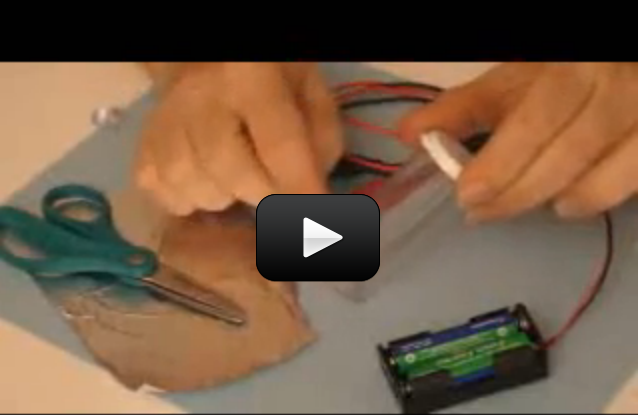If you want your robot to detect when it’s flipped sideways, this is the sensor you need. It’s ridiculously simple to make, and works great as long as the metal makes good contact. I’ve also included instructions for making a motion sensor as well, just in case you need to detect motion or acceleration.
Please login or register to read the rest of this content.


Okay, well, thanks!
Electricity in your house is very dangerous and should never be used in your experiments. The batteries in the experiment only provide 3 volts DC and less than an amp of current. But the electricity in houses is about 110 – 220 volts AC and 15 to 20 amps!
Although the principles would be the same, controlling the light of your room isn’t possible using the supplies in this experiment.
Would you be able to take the first vid’s Tilt Sensor and instead of turning on a small LED light, turn on or off the main light of your room?
Lesson #3? Are you referring to a third video or something else?
is there a lesson #3?
thanks!
You’ll want to mount the ring so that it hands like a basketball hoop with the ball chain dangling through the middle… lots of duct tape? 🙂
How do I put the motion sensor up on my door?
-Alanna (5th grade)